On Earth Day, passionate people from around the world come together to show support for protecting our environment. What started in schools and communities across America is now a worldwide event dedicated to driving positive change for people and the environment.
The Smithsonian is dedicated to preserving both our history and our planet. From saving postage stamps to pandas, explore all the ways the Smithsonian celebrates Earth Day every day—and then tell us why Earth Day is important to you!
The first Earth Day was held April 22, 1970. Organized by U.S. Senator Gaylord Nelson of Wisconsin, this inaugural event sparked a 50-year movement to raise environmental awareness in the United States.
Stamps and buttons were one way those passionate about our environment could show their support in 1970.
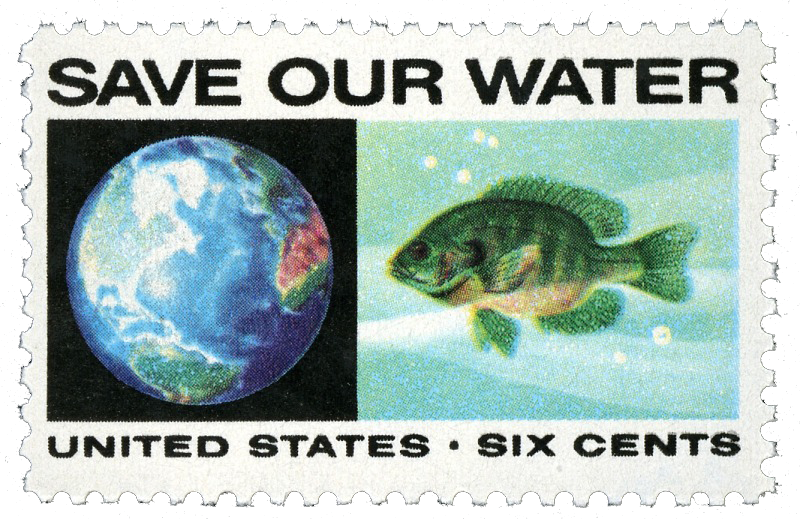
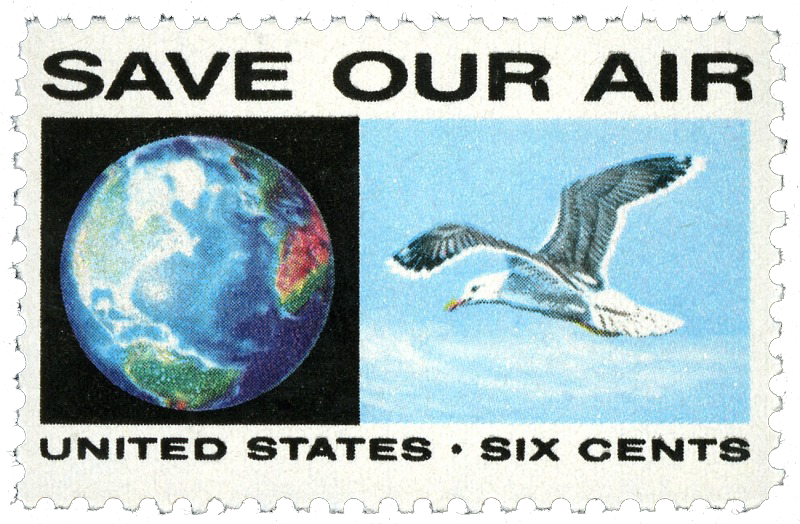
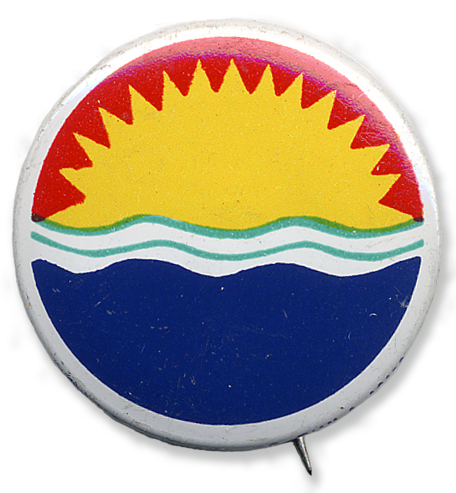

In 1972, the National Zoo welcomed its first giant pandas, Ling-Ling and Hsing-Hsing. The arrival of giant pandas drew millions of fans from around the world to the Zoo, but more importantly, it launched a decades-long collaboration with Chinese scientists to better understand and save this rare and vulnerable species.
Armed with this knowledge, the National Zoo has become a leader in giant panda conservation.
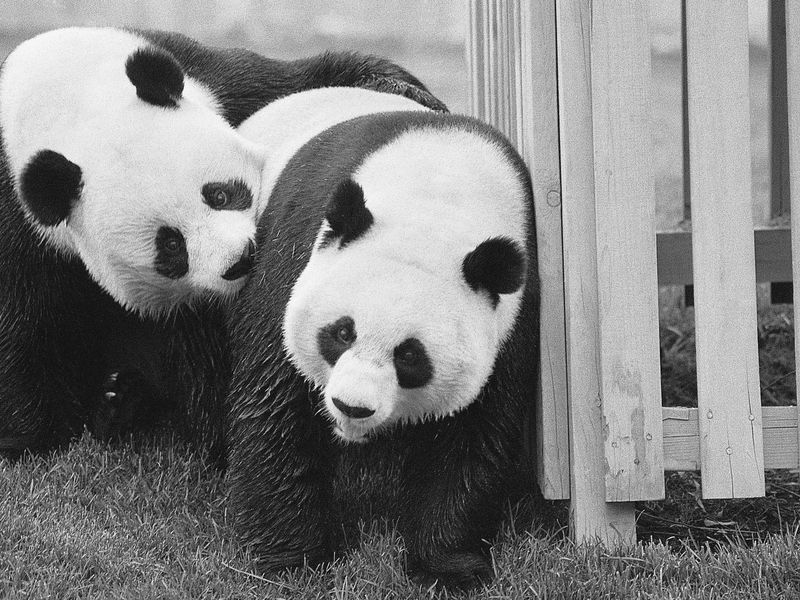
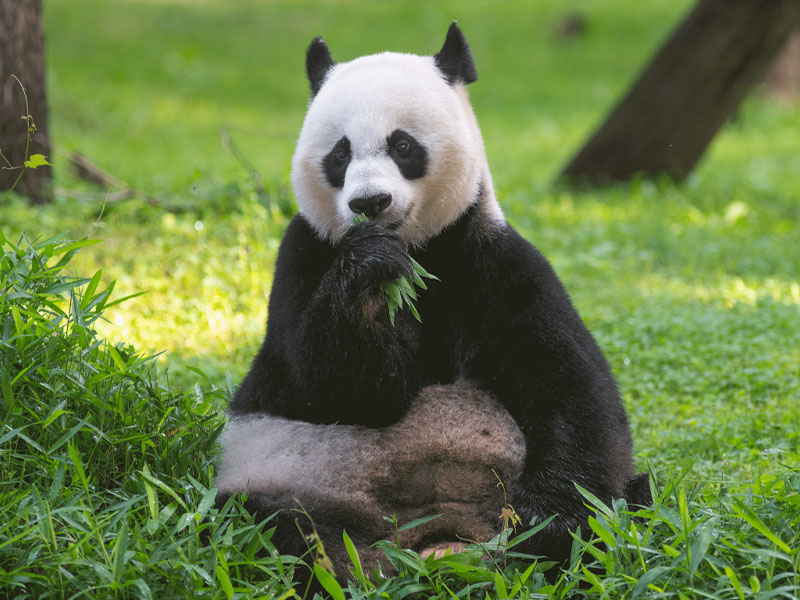
The National Zoo's Conservation and Research Center was established in 1975 on 3,100 acres at a former U.S. Army Cavalry Remount Station in Front Royal VA, to encourage development of all aspects of animal sciences.
Today, experts at the Smithsonian Conservation Biology Institute tackle some of today’s most complex conservation challenges by applying and sharing what they learn about animal behavior and reproduction, ecology, genetics, migration and conservation sustainability.
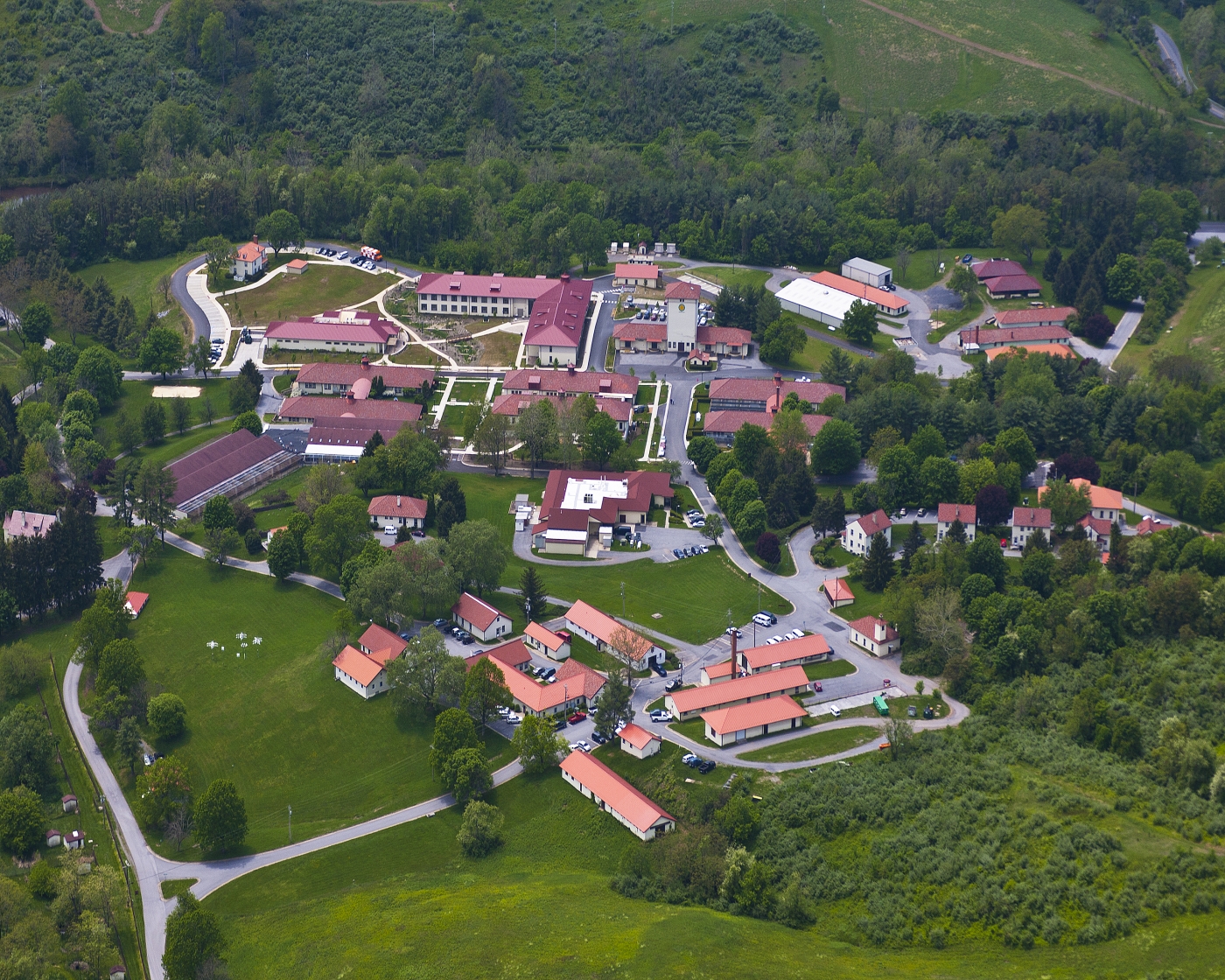

In 1980, ecologists at the Smithsonian Tropical Research Institute established the first forest research site on Barro Colorado Island, Panama. There, they pioneered long-term tree-census techniques replicated throughout the tropics, creating a network of tropical forest research sites known today as ForestGEO.


In 1987, scientists created the Global Change Research Wetland at the Smithsonian Environmental Research Center in Edgewater, Maryland, with experiments designed to predict what the future holds for coastal wetland ecosystems as they cope with accelerated sea-level rise.
Today, the wetland includes experiments on pollution, invasive species, rising temperatures and sea-level rise.
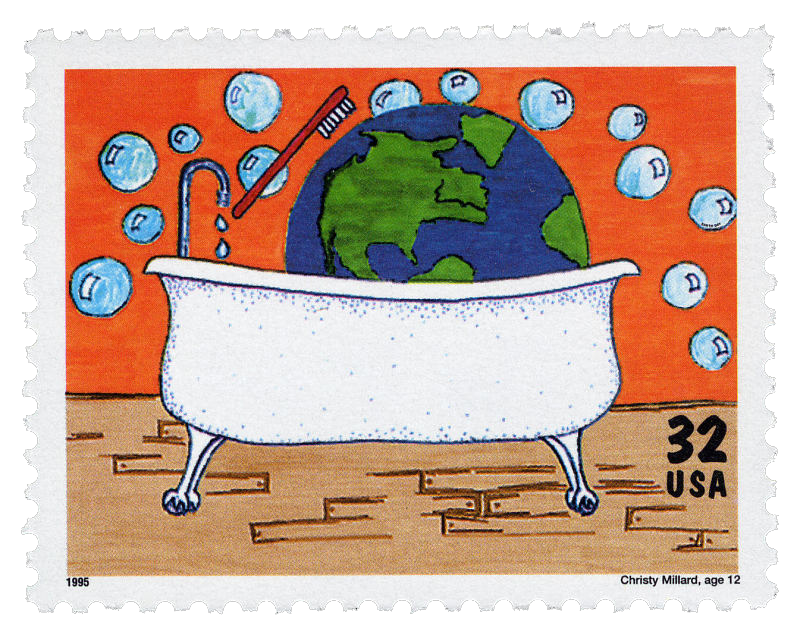

In the mid-1980s SCBI scientists developed the basis for breeding animals in human care to preserve as much genetic diversity as possible. During the 1980s and '90s scientists began reintroducing animals born at the National Zoo and Smithsonian Conservation Biology Institute (SCBI) to the wild.
In 2016, SCBI's Conservation Ecology Center (CEC) worked collaboratively with the government of Chad and the international zoo community to return the extinct-in-the-wild scimitar-horned oryx to the Ouadi Rimé-Ouadi Achim Game Reserve, a former stronghold of the species and one of the largest terrestrial protected areas in the world.
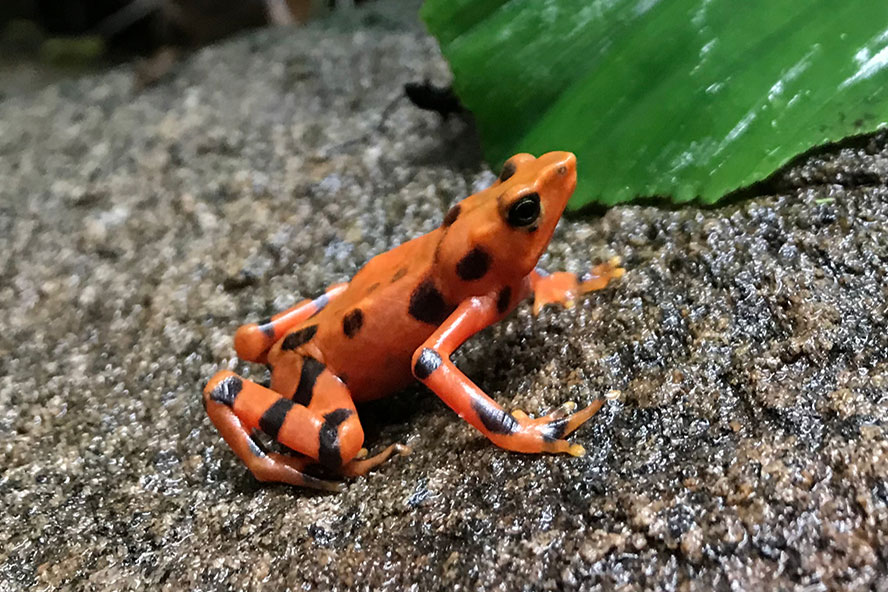
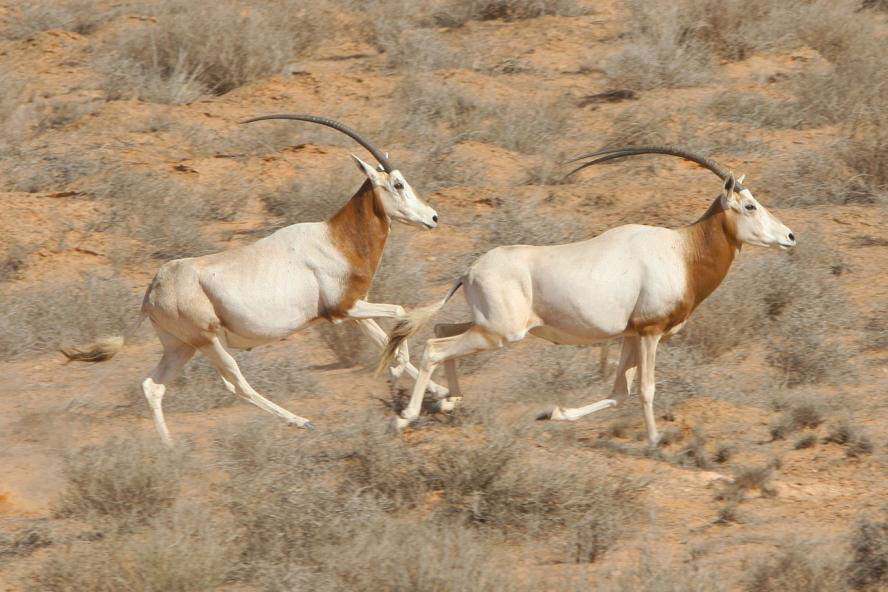
In 2008, the National Museum of Natural History, in partnership with the National Oceanic and Atmospheric Administration (NOAA), opened the Sant Ocean Hall—the only exhibition in the nation devoted to a global view of the ocean.
The Sant Ocean Hall contains more than 600 specimens, as well as life-sized models like Phoenix, a real North Atlantic right whale who scientists have been tracking since her birth in 1987. The exhibition inspires visitors to learn how to better protect our oceans.
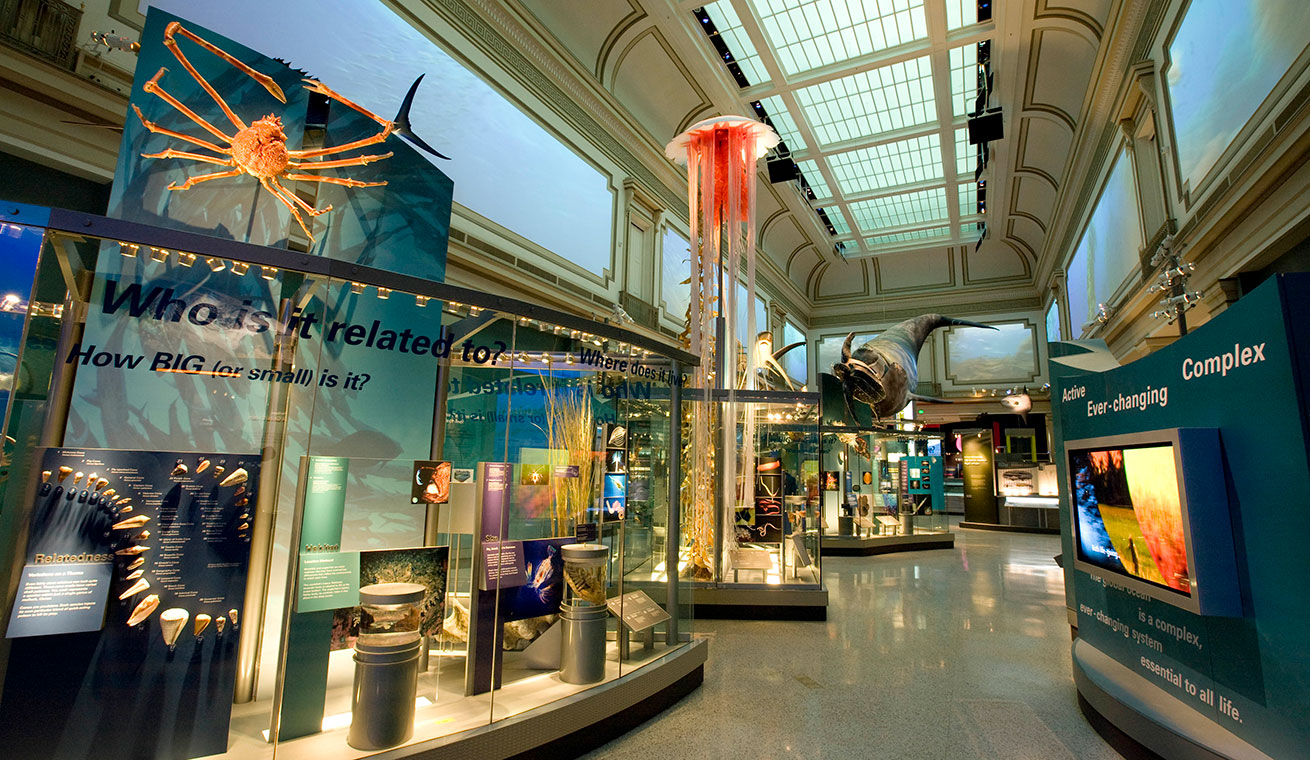
The Smithsonian's National Zoo and Conservation Biology Institute (SCBI) joined the nation's top bird science and conservation groups to publish State of the Birds 2014—the most comprehensive review of long-term trend data for U.S. birds ever conducted. The report's strongest finding? Conservation works.
Unfortunately, a study published in 2019 was sobering. It reveals that since 1970, bird populations in the United States and Canada have declined by 29%, or almost 3 billion birds, signaling a widespread ecological crisis. That's why the work of the Smithsonian Migratory Bird Center is more important than ever.
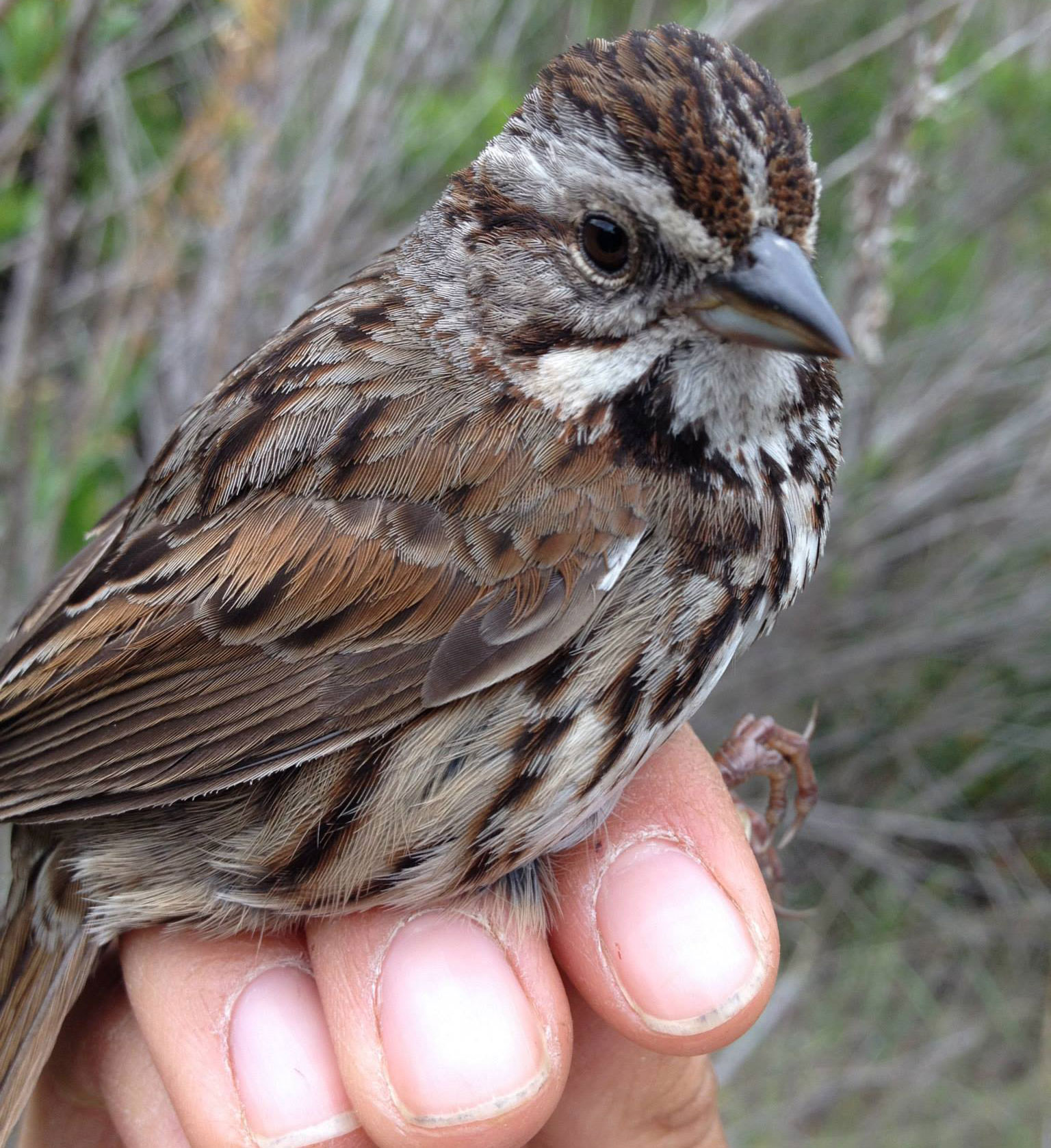
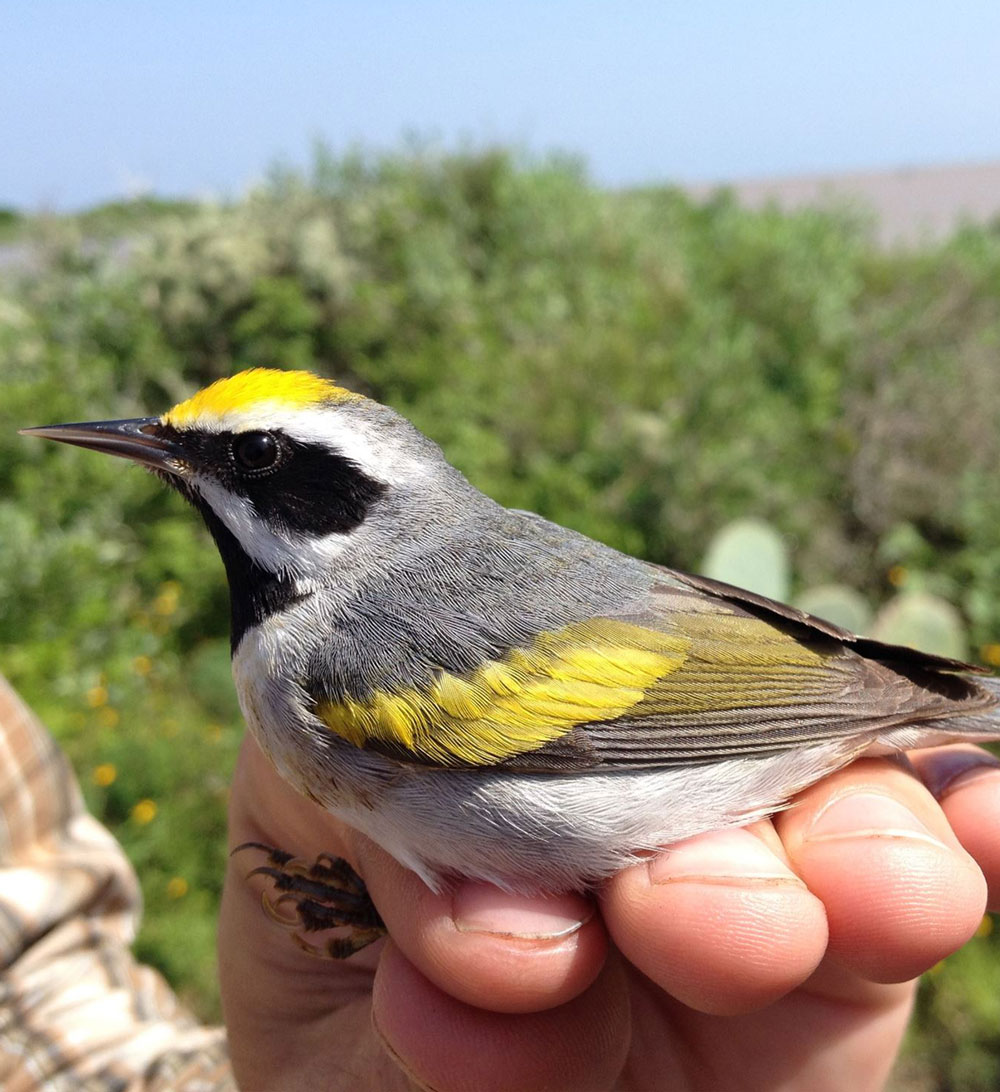
In April 2018, the National Museum of African American History and Culture was the first museum on the National Mall to receive Gold certification by the the U.S. Green Building Council's Leadership in Energy and Environmental Design (LEED) program. LEED provides a framework for healthy, highly efficient, and cost-saving green buildings.
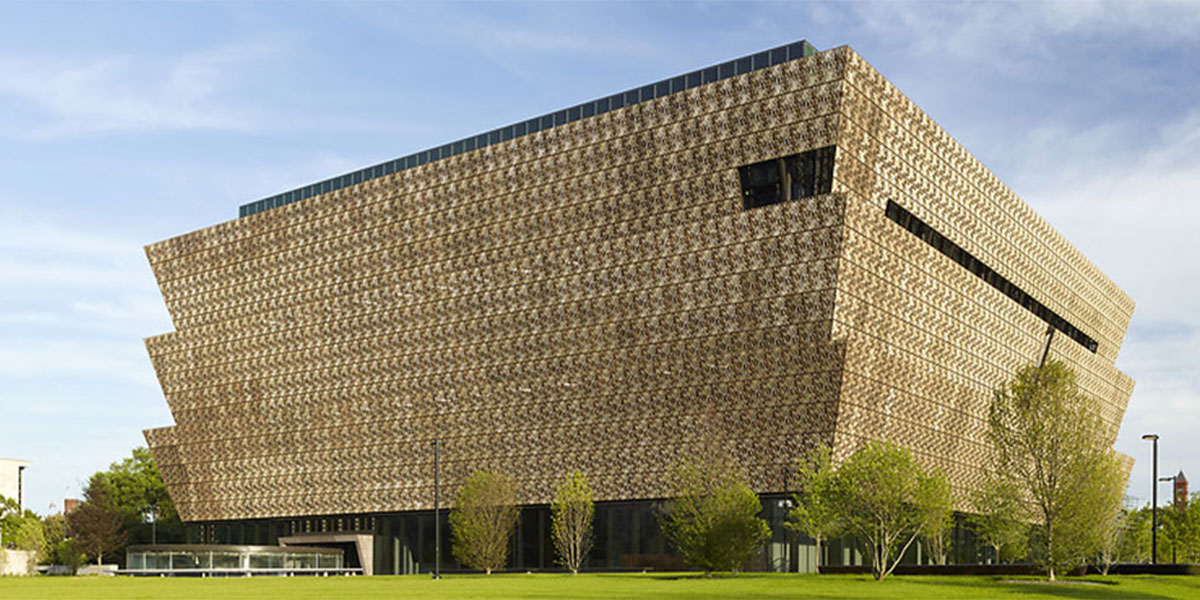
In 2017, the Smithsonian hosted the inaugural Earth Optimism Summit, drawing together leading scientists, researchers, artists, civic leaders and conservation-minded citizens from around the world to discuss global solutions for conservation.
Earth Optimism celebrates a change in focus from problem to solution, from a sense of loss to one of hope, in the dialogue about conservation and sustainability.
This year, Earth Optimism is a free digital event! Join experts as they showcase stories of both small and large-scale actions that frame the conversation and demonstrate that success is possible.
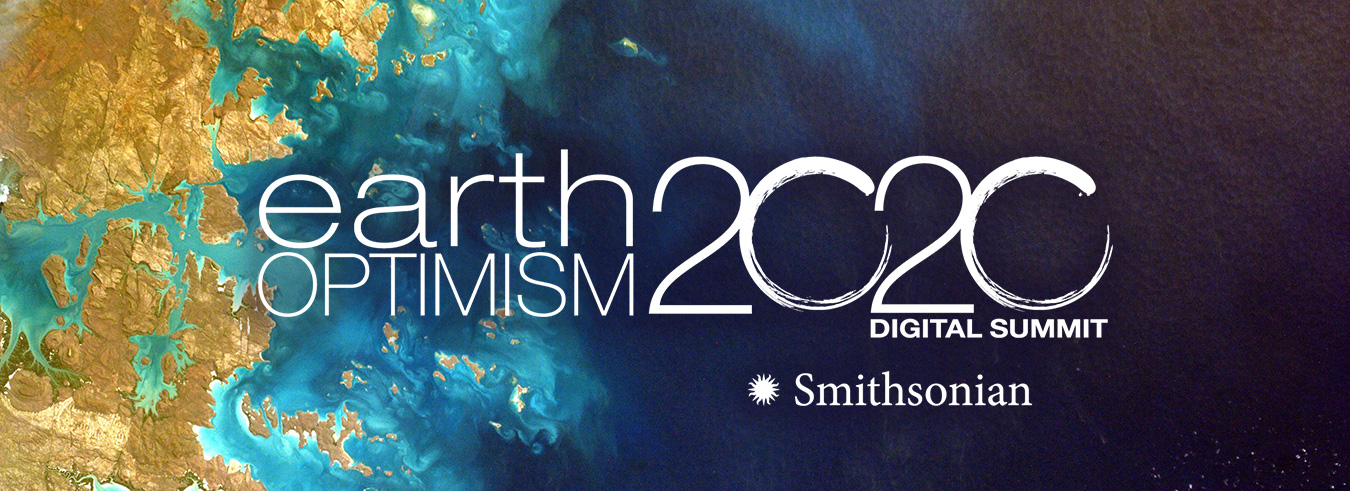
The power of Earth Day is in community. The first Earth Day led to the passage of landmark environmental laws in the United States, such as the Clean Air, Clean Water and Endangered Species Acts. Many countries followed suit, and in 2016, the United Nations chose Earth Day as the day to sign the Paris Climate Agreement.
With your help, the Smithsonian will continue preserving the history—and pioneering the future—of conservation.